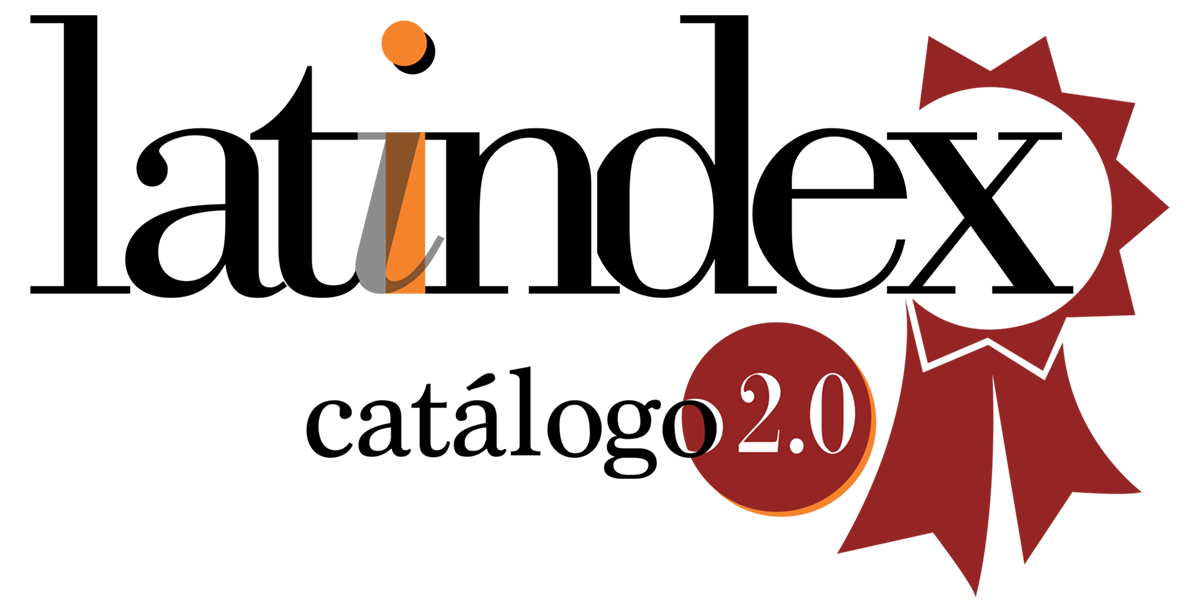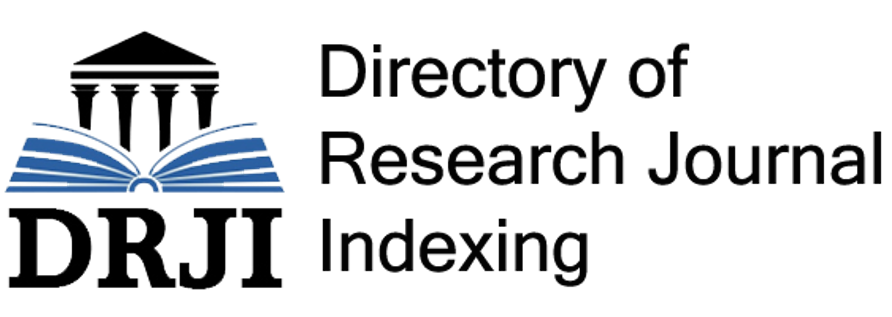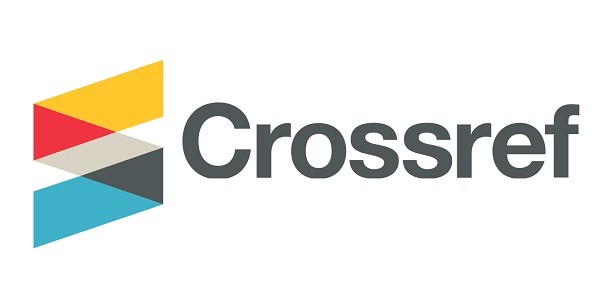Hydrophilic matrices as drug release modulating agents.
DOI:
https://doi.org/10.35954/SM2007.29.1.2Keywords:
Kinetics; Dissolution; Release; Matrix.Abstract
To achieve prolonged effect of an active ingredient or drug, its release from the pharmaceutical form must be modulated. One form of modulation is through solid matrices, including hydrophilic matrices. The expected release rates of solid drugs incorporated in solid matrices are derived from mathematical models. In this work, two hydrophilic matrices were designed containing sodium alginate as a modulator of the release of the active ingredient diclofenac. The dissolution kinetics were determined by applying mathematical models of order zero and one. Likewise, the drug release mechanism was determined by applying diffusional and erodible models. Both formulations release it following first order kinetics and through an erosional mechanism with concomitant diffusion. The retention of diclofenac sodium is greater the higher the concentration of sodium alginate, and its release time from the pharmaceutical form is longer.
Downloads
Metrics
References
(1) Ballard, B.E. “An overview of prolonged action drug dosage forms”, en Sustained and Controlled Release Drug Delivery Systems, J.R. Robinson, ed., Marcel Drekker, Inc. U.S.A.,págs. 1-51, 1978.
(2) Aiache, J.M., J.Ph. Devissaguet , A.M. GuyotHermann “Biofarmacia” Ed. El Manual Moderno, México, D.F.,págs. 276-319. 1983.
(3) Domnenech, J. , Escribano E. “Preparados orales de cesión modificada: cinética”, Biofarmacia y Farmacocinética, Doménech, J., Martínez J., Plá, J. Ed., Síntesis S.A., España, págs 317-347, 1998.
(4) Gupta, P., Robinson J. “Oral controlled relelased delivery” en tretise on controlled drug delivery, Kydonieus, A. ed., Marcel Drekker, inc. U.S.A., págs. 225-313, 1992.
(5) Lordi, N. “Sustained release dosage forms” en The theory and practice of industrial pharmacy, Lachman, L., Lieberman, H., Kanig, J. ed., Lea Febiger U.S.A., págs 430-456, 1986.
(6) Ganem, A., Quintanar, D., Pharmaceutical technology, vol 3, págs. 44-7, 1999.
(7) Longer, M., Robinson, J., “Sistemas de liberación sostenida de drogas” en Remington Farmacia 17ª ed.,Gennaro, A. Ed., Médica Panamericana S.A. México, págs 2240-2264, 1987.
(8) De Haan,P., Lerk,c. Phamaceutical Weckbl. Science, vol. 6, págs.57-67, 1984.
(9) Aiache, J., Le Moniteur Internant, vol 4, págs. 31-39.
(10) Buri,P. J. Suisse Pharmacie, vol. 114, págs. 405-411, 1976.
(11) Cid Carcamo, E., “Control de calidad biofarmacéutico de medicamentos”, Imprenta Balgraf Ltda. Santiago de Chile, 1992.
(12) Costa, E., Arancibia, A., Aiache, J. “Acta farmacéutica bonaerense”, vol. 23, págs. 260-264, 2004.
(13) United States Pharmacopeia, USP 27, Inc. Rockville
(14) Higuchi, T., “Journal of Pharmaceutical Sciences”, vol. 52, págs. 1145-1149, 1963.

Published
How to Cite
Issue
Section
License
Until 2024 we use the Creative Commons Attribution/NonCommercial Attribution 4.0 International License https://creativecommons.org/licenses/by-nc/4.0/deed.es. Which states that: you are free to share, copy and redistribute the material in any medium or format, as well as to adapt, remix, transform and build upon the material. Under the following terms:
Attribution: you must give proper credit , provide a link to the license, and indicate if changes have been made . You may do so in any reasonable manner, but not in such a way as to suggest that you or your use is endorsed by the licensor.
NonCommercial: you may not use the material for commercial purposes.
As of 2025 authors retain their copyright and assign to the journal the right of first publication of their work, which shall simultaneously be subject to the license https://creativecommons.org/licenses/by-nc-sa/4.0/deed.es that permits sharing, copying and redistribution of the material in any medium or format provided that initial publication in this journal is indicated. Adapt, remix, transform and build upon the material. If you remix, transform, or build from the material, you must distribute your contribution under the same license as the original and may not make use of the material for commercial purposes.
Under the following terms:
1. Attribution: you must give proper credit, provide a link to the license, and indicate whether changes have been made. You may do so in any reasonable manner, but not in such a way as to suggest that you or your use is endorsed by the licensor.
2. NonCommercial: you may not use the material for commercial purposes.
3. ShareAlike: if you remix, transform or build upon the material, you must distribute your contribution under the same license as the original.
PlumX Metrics






























